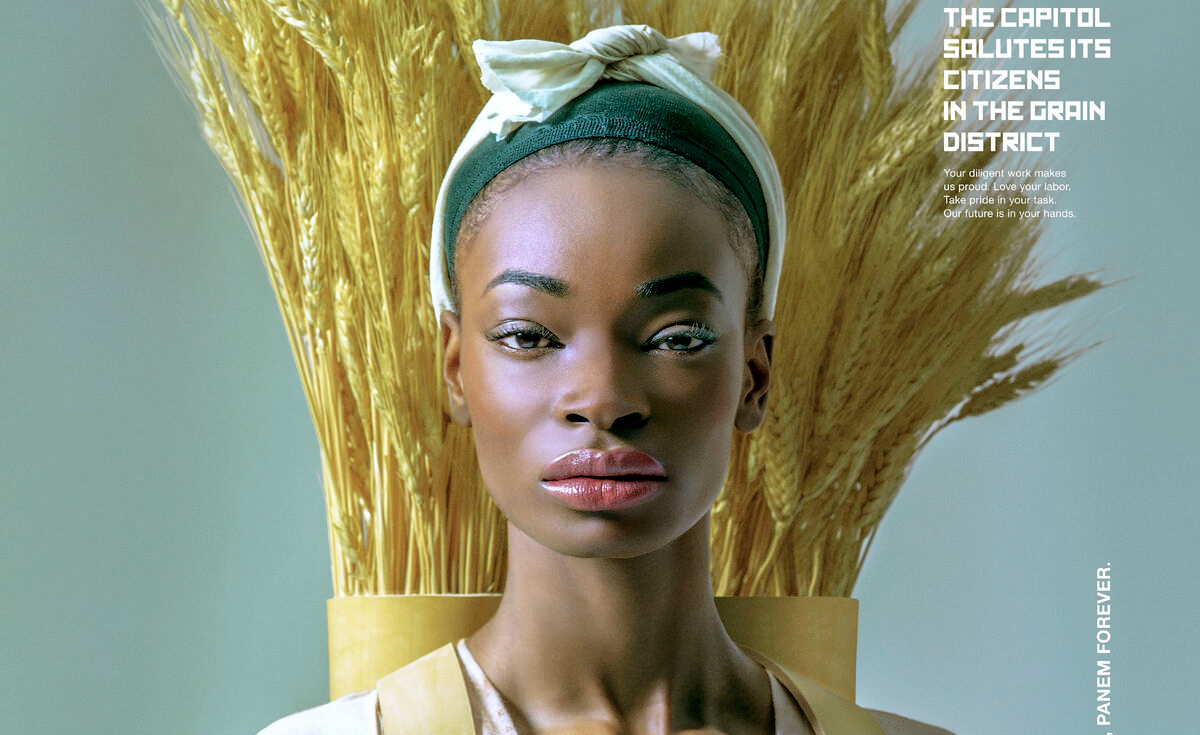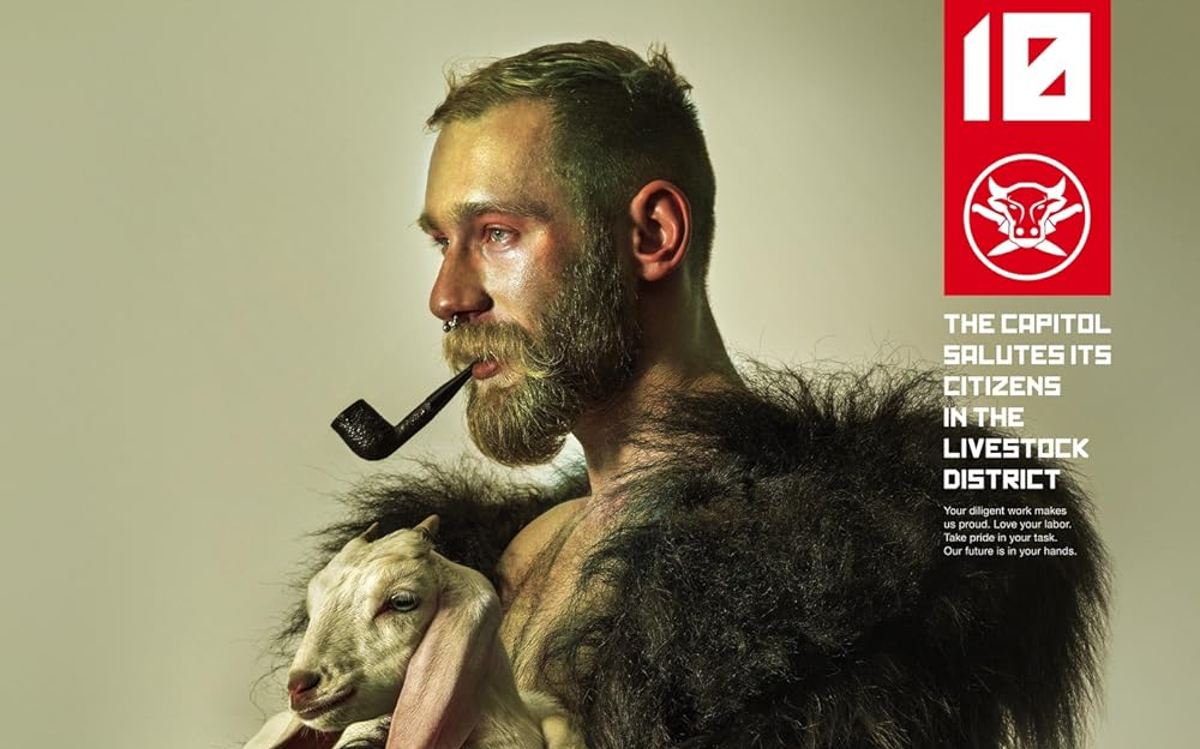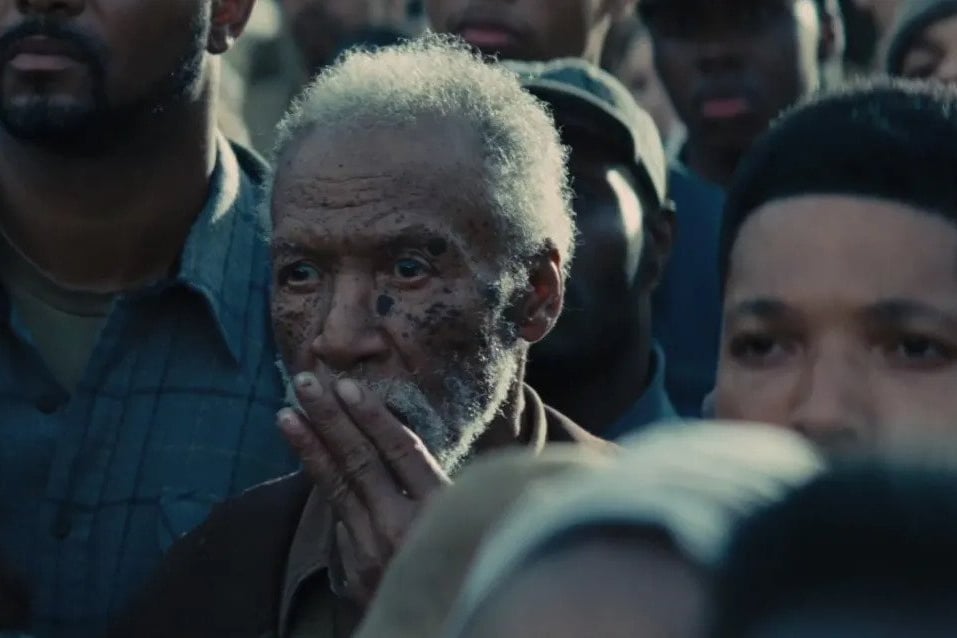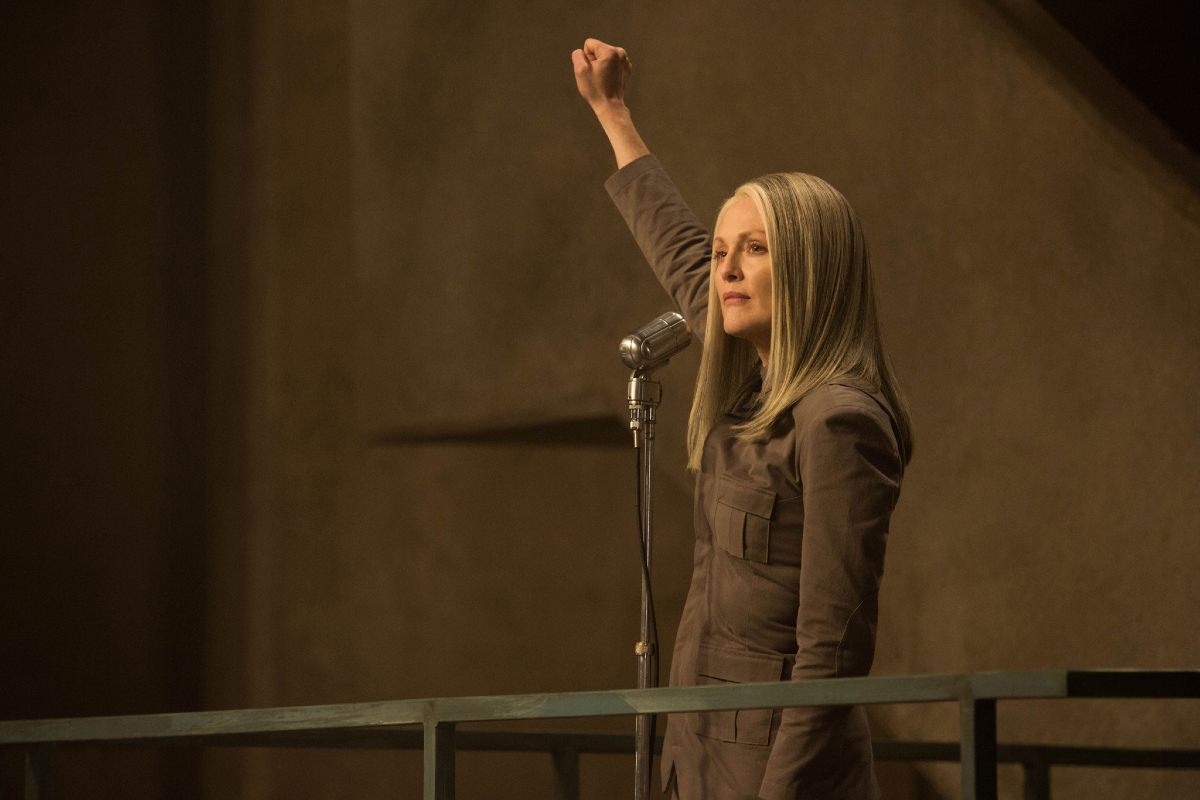A Guided Tour Through the ‘Hunger Games’ Districts

In the world of The Hunger Games, the continent of Panem is divided into various districts surrounding the Capitol where the rich and privileged live. The districts serve the Capitol by producing one or more specialized goods—including fish, jewelry, and coal—that keep the Capitol running and its wealthy inhabitants swimming in luxury.
Once a year, two children from each of these districts are chosen to battle to the death in an elaborate arena as ongoing punishment for their failed uprising against the Capitol, 74 years before the events of the original Hunger Games trilogy.
How many districts are there in Panem?
By the time of Katniss and Peeta’s choosing there are 12 official districts, with the Capitol claiming to have wiped the 13th off the map in retaliation for its role in the failed uprising. However, District 13 is still standing. Not only that, but it’s also maintaining independence from the Capitol while acting as a center for armed resistance to the Capitol’s tyrannical rule over the other districts.
The 13 districts of Panem
District 1

District 1 produces fine jewelry and other luxury goods, with many of its residents named after gemstones or qualities associated with them, like Glimmer and Facet, two Tributes who fought Katniss in the Arena. The nature of their goods made District 1 the wealthiest of the districts, with its residents living in relative luxury—something which produced a degree of loyalty and fellowship from them towards the Capitol, even though it went unreciprocated as the Capitol viewed all the districts and their residents as the same. District 1’s wealth allowed it to produce professional Tributes (called Careers), training some of its children to fight and win in the Arena from early childhood; being chosen as Tribute was seen as an honor rather than a nightmare.
District 2

Another wealthy district with similar pro-Capitol sensibilities, District 2 is devoted to weapons manufacturing and masonry. It’s also responsible for a large proportion of the Peacekeepers, Panem’s military force that acts as both police and an occupying army, keeping the other districts under control. District 2’s wealth also allowed it to produce professional Tributes in the same manner as District 1, and its inhabitants similarly viewed being chosen to fight in the Arena as an honor. While some have names related to masonry, like Lyme, the Latin names popular in the Capitol seem to be common in District 2 as well.
District 3

District 3 designs and produces electronic goods, with its residents ranging from impoverished orphans made to do factory work to earn their keep, to those doing fairly well for themselves. Unlike Districts 1 and 2, District 3 wasn’t loyal to or easily pacified by the Capitol, and was prone to unrest—though not treated as harshly as some of the other rebellious districts. Residents tend to have names related to technology, including former Victors Wiress and Beetee (presumably a distortion of BT, British Telecom).
District 4

Home of fan-favorite Finnick Odair, District 4 is a coastal region dedicated to fishing. Another wealthy district, their Tributes also tend to be Careers who are trained from early childhood. District 4 Tributes are particularly good at swimming and locating food for themselves in the hostile generated landscapes of the Arena.
District 5

District 5 houses the hydroelectric dam the Capitol relies on for power, and which the rebels targeted for destruction in Mockingjay as a result. Most of its population works at the dam, and their Tributes are not professionals—just children with no training.
District 6

The most densely populated district, District 6 is Panem’s transportation hub, the center of its cross continental train network, and where all other vehicles and their component parts are manufactured. Described as a lower middle class district, District 6 has some poverty and a serious morphling problem among its citizens.
District 7

Covered with lumber forests, the rural District 7 provides wood to the rest of Panem as its residents care for, fell, and process the lumber. District 7 is home to Johanna Mason and the primary weapon for its Tributes is, naturally, the axe. Their physical labor, familiarity with the countryside, and use of various blades acquired through the lumber industry tends to set District 7 Tributes up with better-than-average chances for survival.
District 8

One of the districts that leapt right to rebellion when given the chance, District 8 produces textiles for the rest of the country, including the Peacekeepers uniforms. Among the poorest and most prone to unrest, District 8’s population is housed in sub-par tenements and required to work unreasonable hours in factories from a young age. It was among the first districts to rebel after the 74th games. Unfortunately, that rebellion, independent from District 13 and its organized efforts, was put down almost immediately by Peacekeepers, with the Capitol exacting revenge by bombing the factory where the revolution began while the workers were inside.
District 9

We know little about District 9, but it’s focused on grain production and therefore integral to Panem’s survival and the Capitol’s hold on power. District 9 is one of the least populated districts, whose rural area allows for the people to have more space than in industrial districts like 8. Nonetheless, it’s seen as a miserable, dreary place by President Snow. Due to their status as Panem’s bread basket, the people tend to have names related to grain or bread, like “Sheaf” and “Panlo”.
District 10

As with District 9, we know little about District 10 beyond its specialized focus on animal agriculture and dairy. The people of the district raise cattle and pigs as well as operate slaughterhouses, with most of the meat being sent to the Capitol.
District 11

The largest and poorest of the districts, District 11—possibly covering the entirety of what makes up the Southern United States—engages in a wide variety of agriculture and farming practices. Raising animals, growing crops, and tending orchards, the majority Black population is treated appallingly by the Capitol, living in little more than shacks and brutalized by the Peacekeepers while they work from sunup to sundown producing food they aren’t allowed to eat. The home of Rue and Thresh, the district rioted immediately after Rue’s death, showed open defiance during Katniss and Peeta’s victory tour, and engaged in several other uprisings thereafter, allowing the rebels to take District 11 early on. Most of the populace have names inspired by plants and agriculture.
District 12

Katniss and Peeta’s home of District 12 is dedicated to coal production. Although among the poorest districts, District 12 still has a comparatively wealthy merchant class, distinguished from the dark-haired, olive-skinned miners by their blonde hair, light eyes, and fair skin. Food is hard to come by in the district, and malnourishment is the norm, with people relying heavily on the black market, poaching, and tesserae collected from children submitting their name multiple times to the Reaping in order to feed themselves. Coal mining remains a dangerous occupation, leading to multiple families losing their main providers, while requiring long, grueling shifts in terrible conditions that cause life long health problems for those working without adequate protections. The district was bombed flat during the second rebellion, killing all but a 10th of the population who managed to get past the fence and shelter in a nearby lake.
District 13

Officially dedicated to graphite mining, District 13 was actually developing nuclear technology and was the original center of Panem’s military—training, weapons production, everything. This is what allowed District 13 to win and maintain its independence from the rest of Panem after the first rebellion was put down. While the Capitol convinced the rest of Panem that they’d wiped the district off the map, District 13 continued as an independent state, surviving off what they could produce and gathering resources until they were in a position to challenge the Capitol again. The difficulties of surviving alone, in the aftermath of Capitol bombing, created a harsh, militaristic culture within the district, something Katniss finds concerning—and is, in fact, a warning for what’s to come after the rebellion succeeds.
(featured image: Lionsgate)
Have a tip we should know? [email protected]
